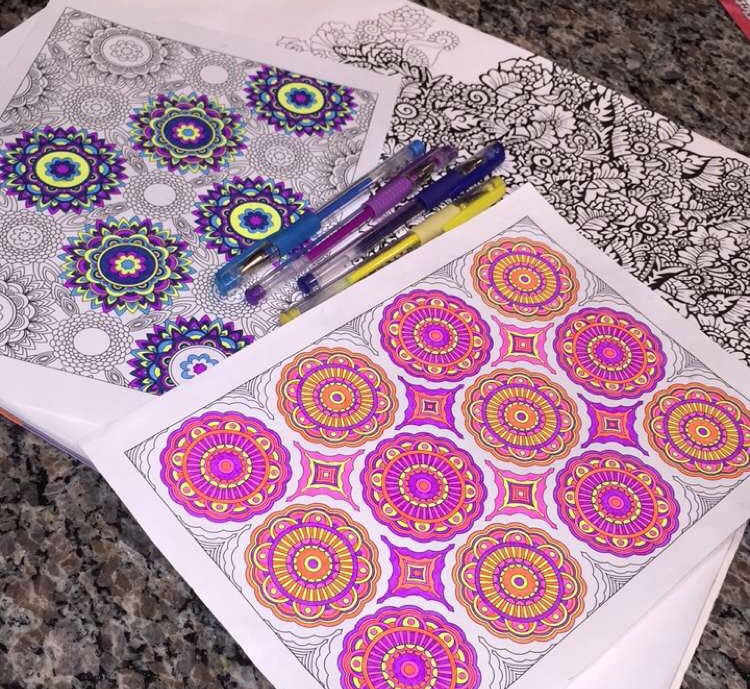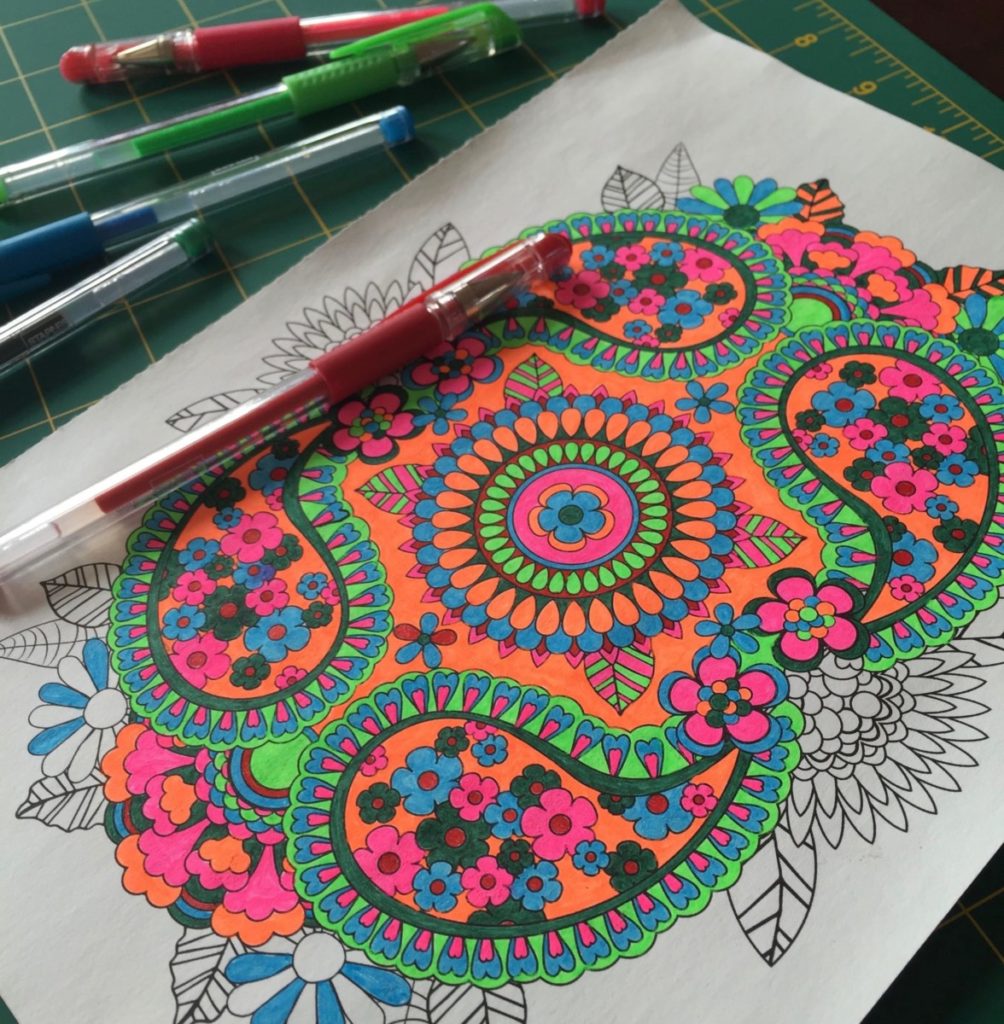
Although he is well-known for paintings such as The Starry Night and Cypresses, artist Vincent van Gogh’s life was not as bright and beautiful as his canvases made it seem. Van Gogh suffered from a variety of mental disorders throughout his lifetime, including depression and mania. What most people do not know, however, is that some of Van Gogh’s most reputable paintings were created as he observed the world through his asylum window in Saint-Rémy. Despite a seemingly endless list of disorders and illnesses, Van Gogh turned to art as a form of self-expression and recreation.
After learning about Vincent van Gogh’s life in “BIOL 190- Arts on the Brain,” I immediately began to ask myself questions: Out of so many different activities, why did Van Gogh choose to pursue art? He could have simply decided to read a book in his free time. However, something about dipping his brush into a palette of colors and watching ideas come to life on a canvas was appealing to him.
I have suffered from Generalized Anxiety Disorder (GAD) and depression for about eight years. In addition, I have always had a passion for art. When I was younger, I loved to color in Disney princesses and paint tropical sunsets with my family. My collection of coloring books and art supplies eventually became so large that my dad converted my laundry room into an “arts and crafts room.” Unfortunately, once middle school began, I found that I had less and less time to create. When I was diagnosed with GAD in seventh grade, I had not picked up a colored pencil in what felt like years. As my anxiety faded into depression, I realized that a creative outlet might be the key in getting me out of the situation I was in. So, I decided to order a coloring book. I colored for hours each day and ran out of more gel pen ink than you can imagine. However, I began to feel better. Coloring took my mind off intrusive thoughts and allowed me to channel my negative energy elsewhere.
After reflecting upon this dark period of my life, I started to understand why Vincent van Gogh turned to painting as he dealt with mental instability- art is proven to reduce anxiety and distract the mind from reality. A recent study was conducted by David Sandmire, Sarah Gorham, Nancy Rankin, and David Grimm (2012) to examine the relationship between art and anxiety levels. As college testing season approached, 57 freshmen were divided into two groups- the experimental group, who was asked to participate in a variety of crafts such as coloring and painting, and the control group, who was not exposed to any form of art. During the experiment, the job of the control group was to simply sit down and observe their surroundings. These two groups were given 30 minutes to sit down and perform their instructed tasks (Sandmire et al. 2012).
To measure levels of anxiety prior to and after the 30 minutes of crafting, students in the experimental and control groups completed a short questionnaire called the State-Trait Anxiety Inventory (STAI). The STAI asks questions regarding both prolonged and short-term anxiety levels. Following this experiment, the experimental (art) group’s average anxiety levels declined. However, the control group’s average anxiety levels remained constant before and after the experiment (Sandmire et al. 2012). Overall, the data in this study implies that in overwhelming situations, art can be used to alleviate anxiety and stress.
Anxiety is different in each and every one of us. Some struggle with anxiety-related mental disorders, while others merely experience nerves once in a while. No matter how much anxiety you may have, taking a few minutes out of your day to color or paint is both fun and therapeutic! When I reach a mental “bump in the road,” my coloring book always becomes my best friend; much like how Vincent van Gogh turned to his paintbrush while in the asylum.
Works Cited
David Alan Sandmire, Sarah Roberts Gorham, Nancy Elizabeth Rankin & David Robert Grimm. 2012. The Influence of Art Making on Anxiety: A Pilot Study. Art Therapy. 29(2): 68-73.

I am so happy that coloring has become an outlet for your anxiety. After your presentation in class, I noticed that I felt considerably lighter after the coloring exercise. I think it is super relevant to include a study based on college students as it is super easy to relate to it and see how coloring affects your peers. Next semester, I plan to incorporate more coloring into my daily schedule to take time for myself to destress.